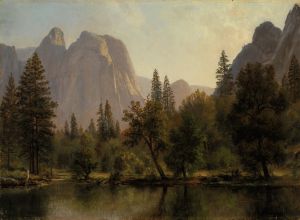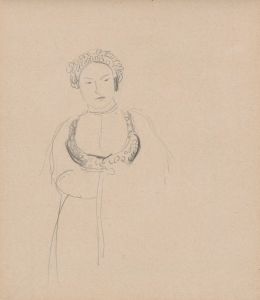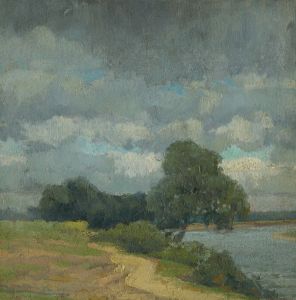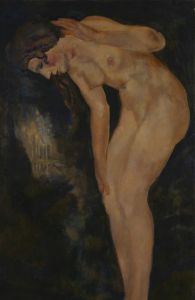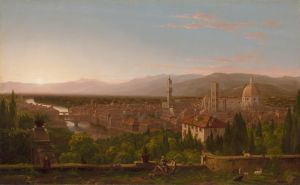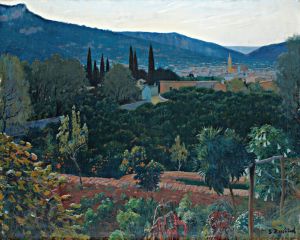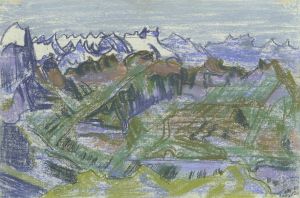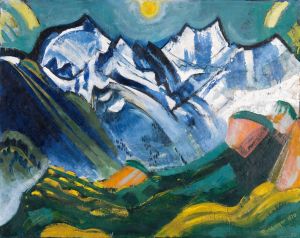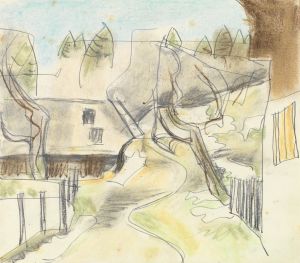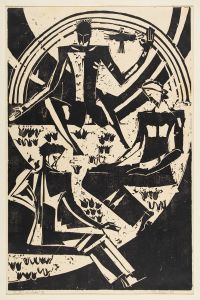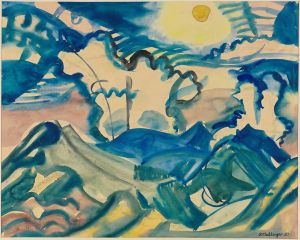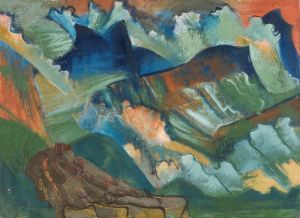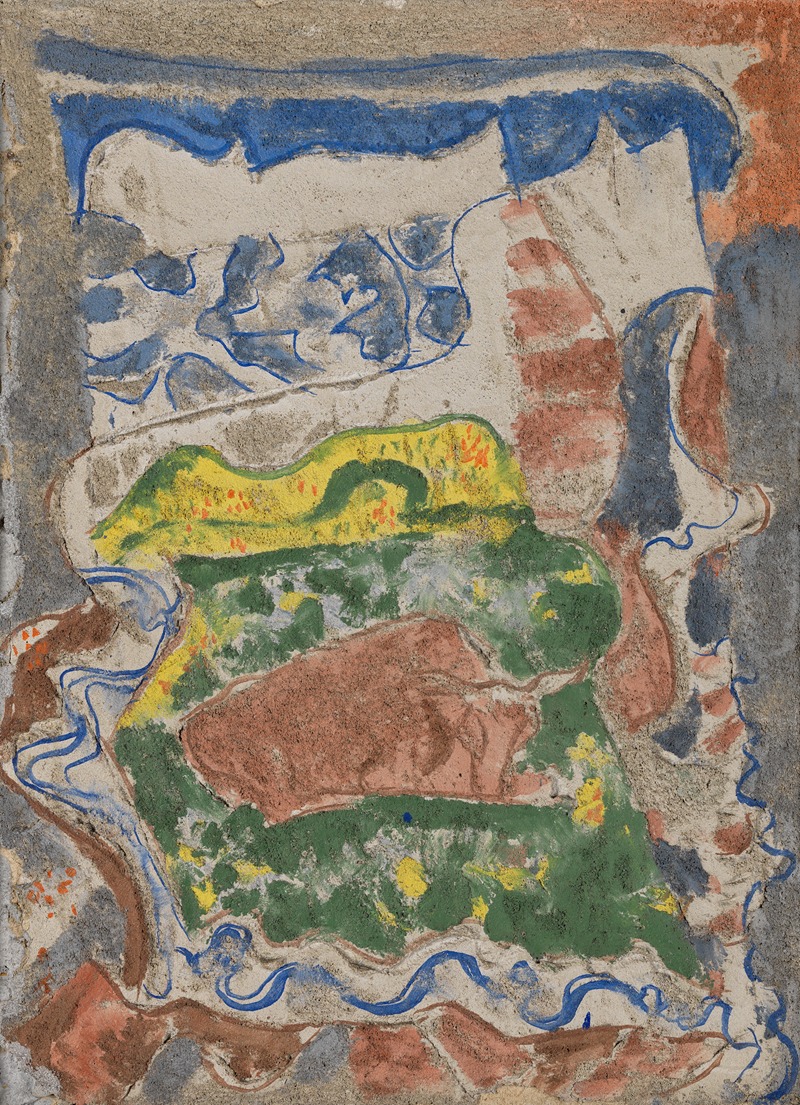
Landschaft
A hand-painted replica of August Babberger’s masterpiece Landschaft, meticulously crafted by professional artists to capture the true essence of the original. Each piece is created with museum-quality canvas and rare mineral pigments, carefully painted by experienced artists with delicate brushstrokes and rich, layered colors to perfectly recreate the texture of the original artwork. Unlike machine-printed reproductions, this hand-painted version brings the painting to life, infused with the artist’s emotions and skill in every stroke. Whether for personal collection or home decoration, it instantly elevates the artistic atmosphere of any space.
August Babberger was a German painter associated with the Expressionist movement, known for his vibrant use of color and dynamic compositions. However, specific information about a painting titled "Landschaft" by August Babberger is not readily available in historical records or major art references. Babberger's body of work primarily includes landscapes, religious themes, and portraits, often reflecting the emotional intensity and boldness characteristic of Expressionism.
Born on December 8, 1885, in Hausen im Wiesental, Germany, Babberger studied at the Academy of Fine Arts in Karlsruhe and later at the Academy of Fine Arts in Munich. His early work was influenced by the Jugendstil movement, but he soon gravitated towards Expressionism, which was gaining momentum in Germany during the early 20th century. Babberger's style is marked by a strong use of color and form to convey emotional and spiritual experiences.
Throughout his career, Babberger was deeply influenced by his surroundings, particularly the landscapes of southern Germany and Switzerland. His works often depict the natural world with a sense of drama and intensity, using exaggerated forms and vivid colors to evoke the emotional essence of the scene. This approach aligns with the broader goals of the Expressionist movement, which sought to represent subjective experiences rather than objective reality.
In addition to his work as a painter, Babberger was also an influential art teacher. He held teaching positions at various institutions, including the Karlsruhe Academy and the State Academy of Fine Arts in Stuttgart. His teaching philosophy emphasized the importance of individual expression and creativity, encouraging students to explore their own artistic voices.
Babberger's contributions to the art world were recognized during his lifetime, and he participated in several important exhibitions. His works were displayed alongside those of other prominent Expressionists, helping to establish the movement as a significant force in early 20th-century art. Despite the challenges posed by the political climate in Germany during the 1930s and 1940s, Babberger continued to create and exhibit his work.
While specific details about "Landschaft" by August Babberger are not available, it is likely that the painting embodies the characteristics typical of his landscape works. These would include a focus on the emotional and spiritual qualities of the natural world, conveyed through bold colors and dynamic compositions. Babberger's landscapes often reflect a deep connection to the environment, capturing the essence of a place through the lens of personal experience and emotion.
August Babberger passed away on September 3, 1936, in Lugano, Switzerland. His legacy as an artist and educator continues to be appreciated, with his works held in various collections and museums. Although not as widely known as some of his contemporaries, Babberger's contributions to Expressionism and his impact on the development of modern art remain significant. His landscapes, in particular, offer a glimpse into the emotional and spiritual dimensions of the natural world, as seen through the eyes of an artist deeply attuned to his environment.





